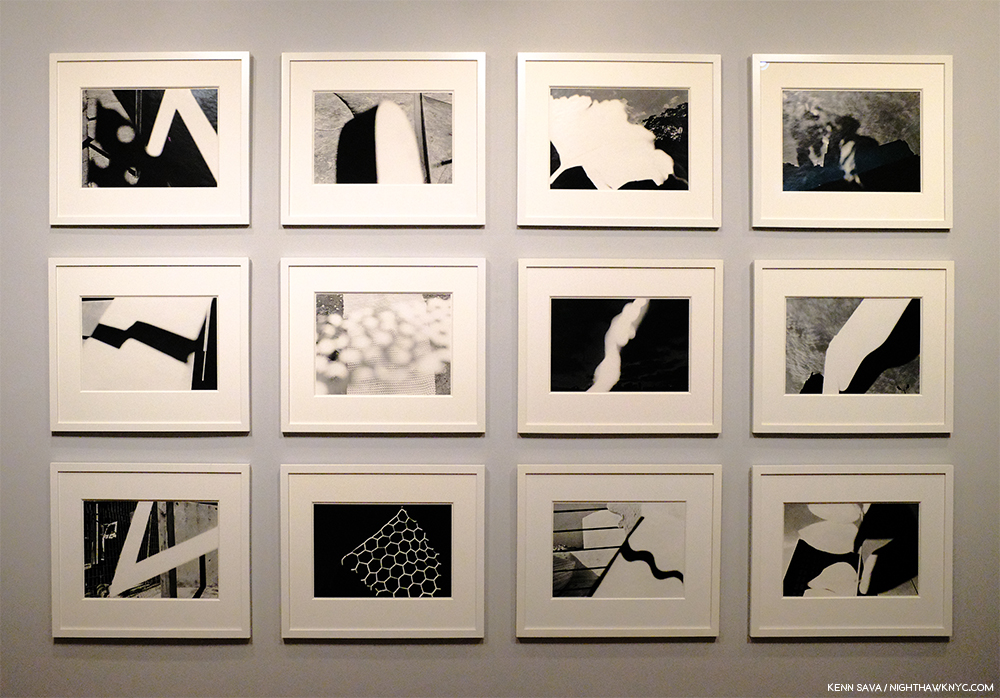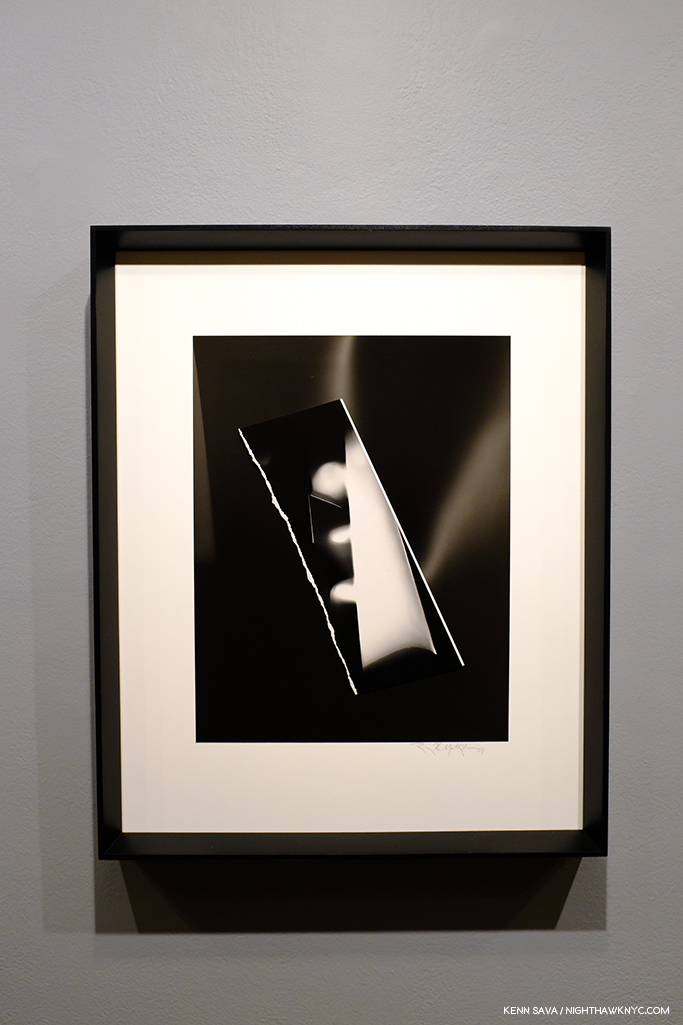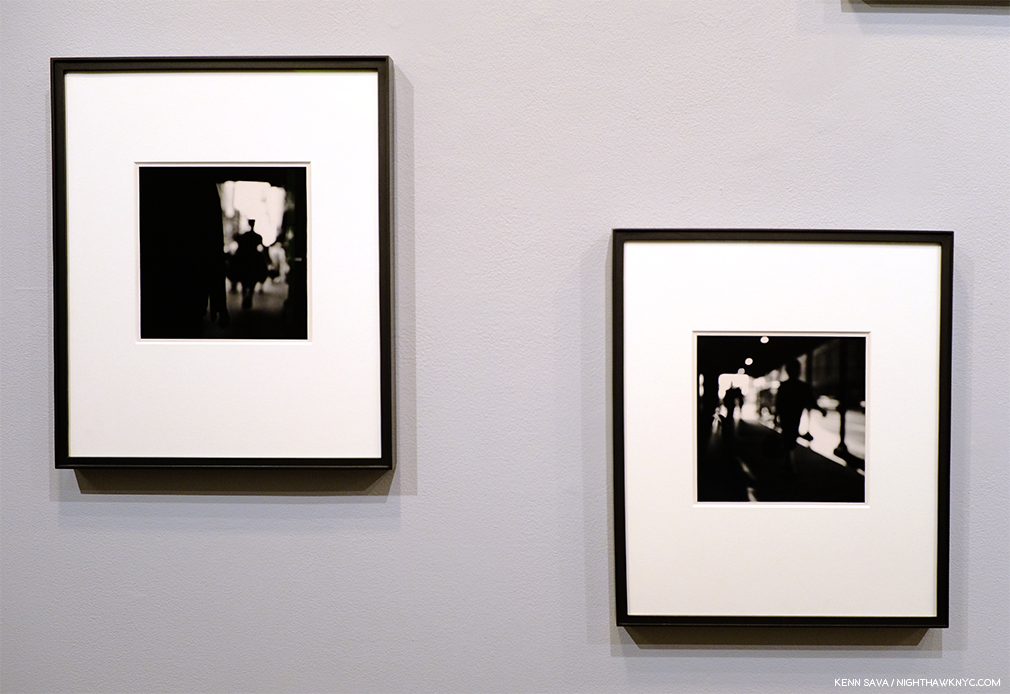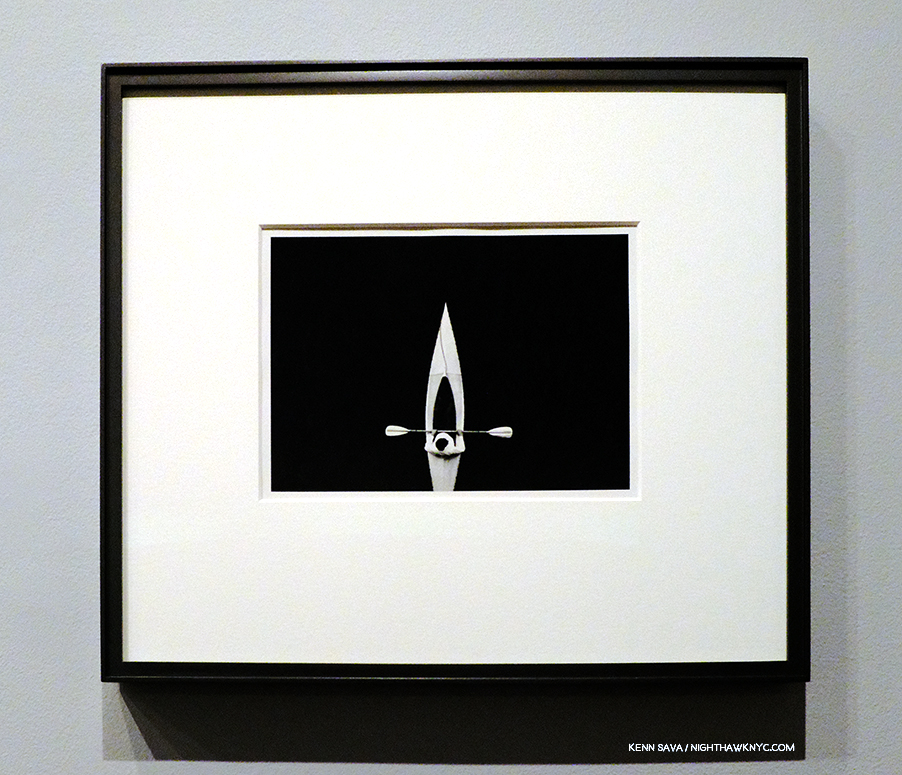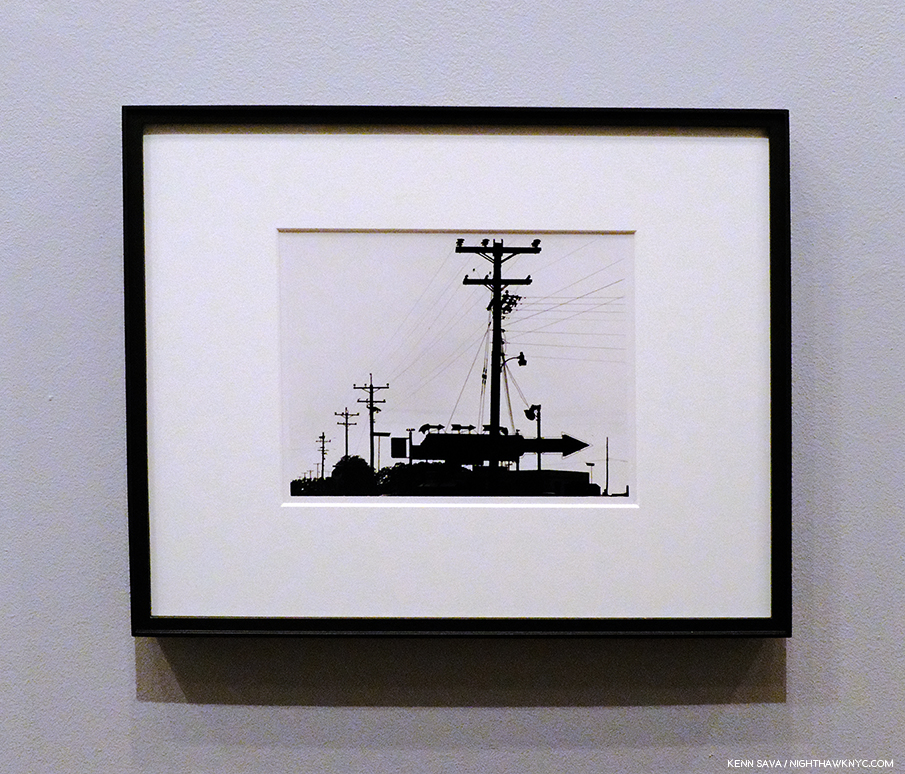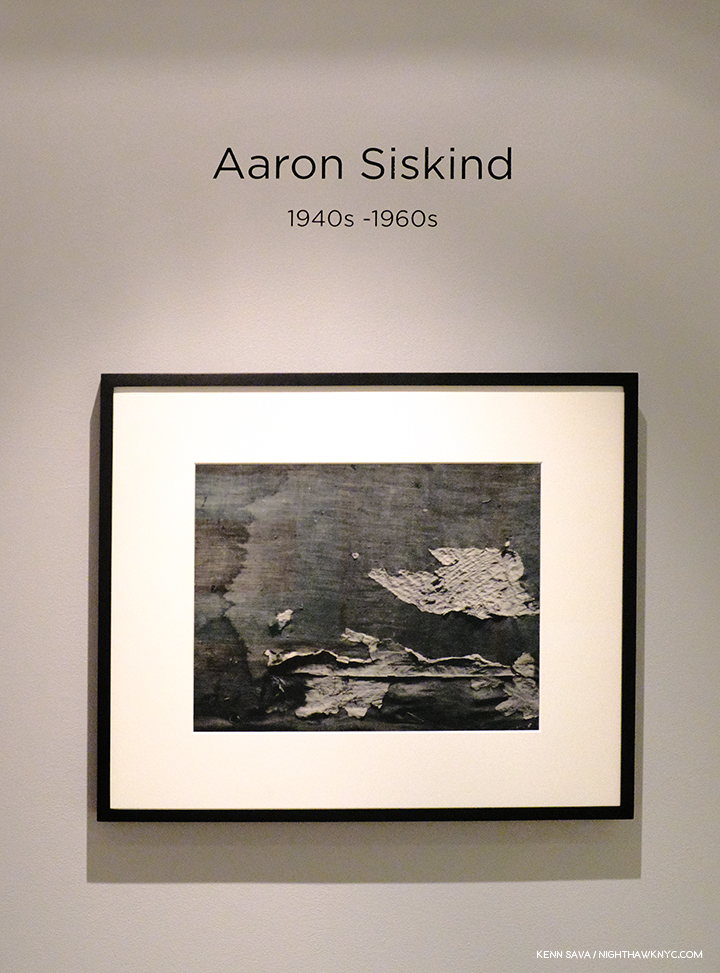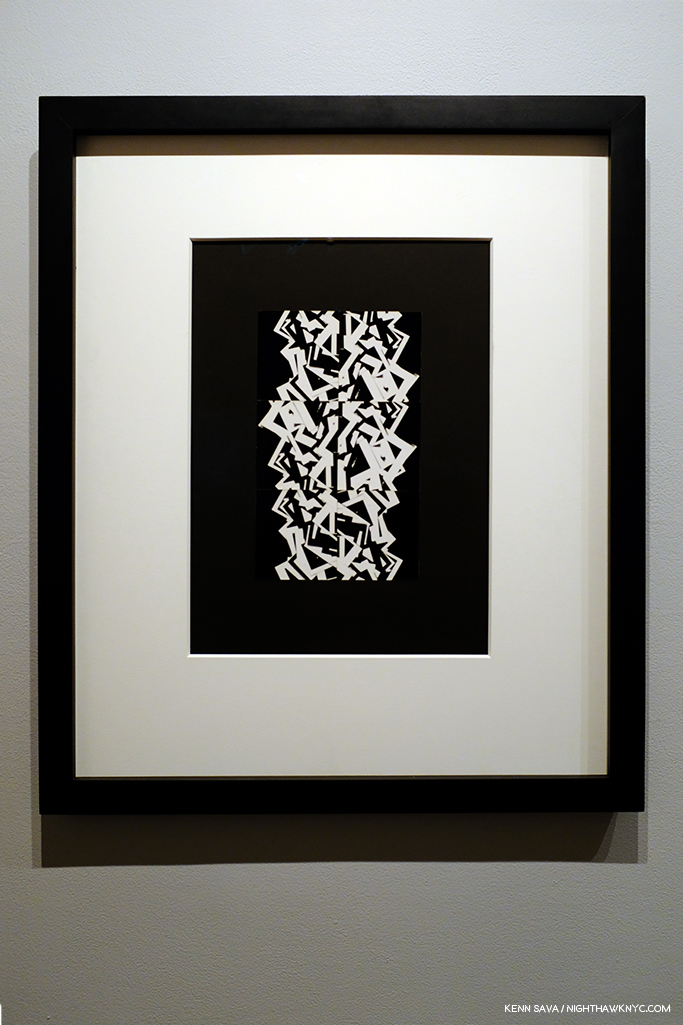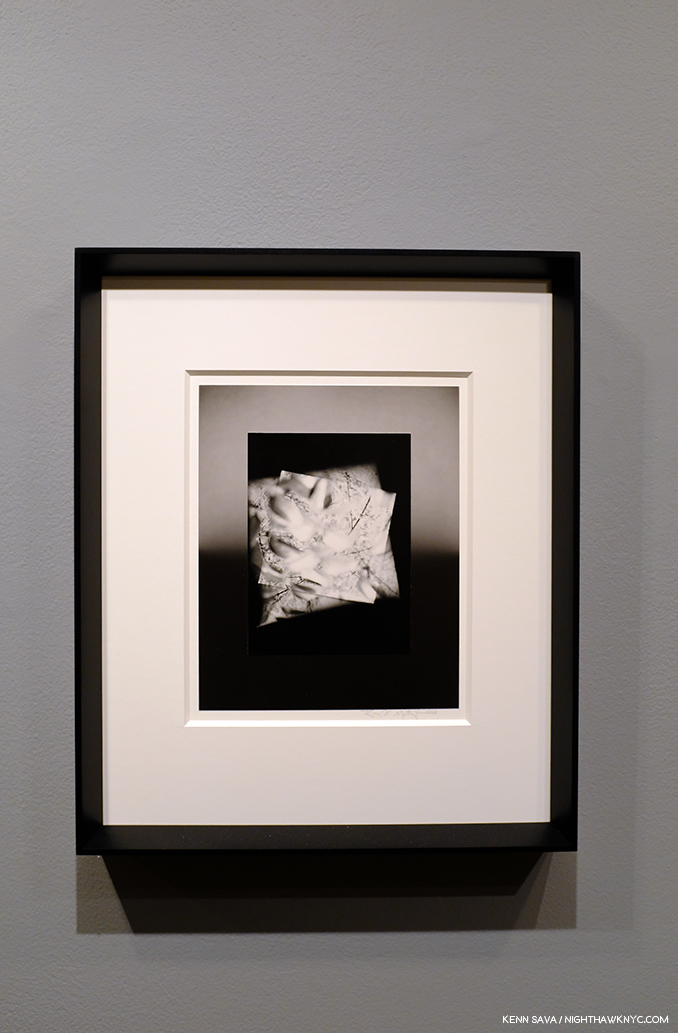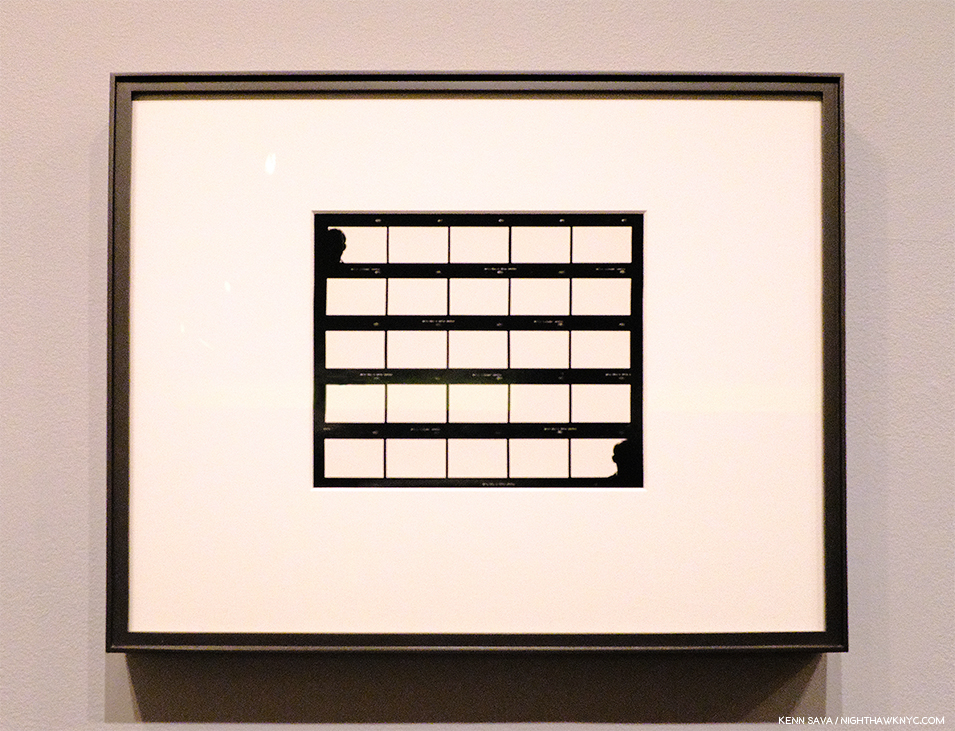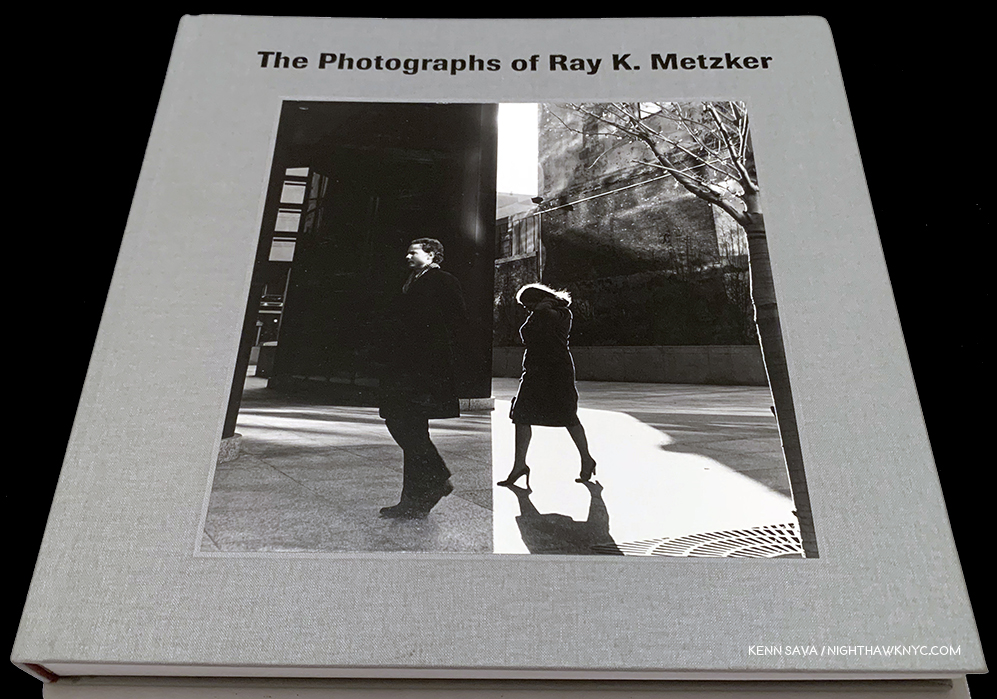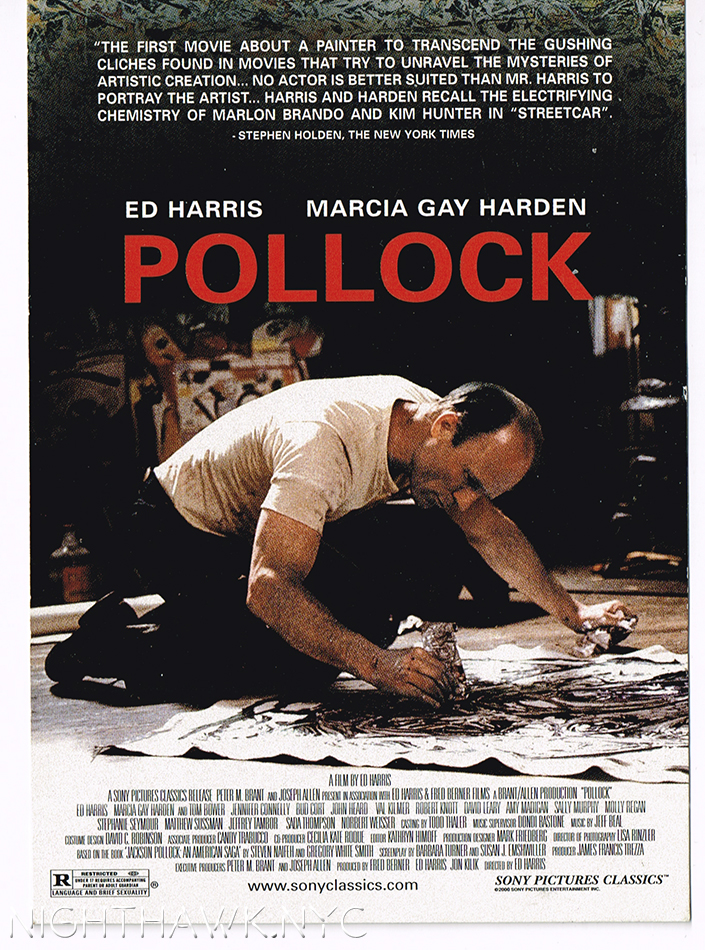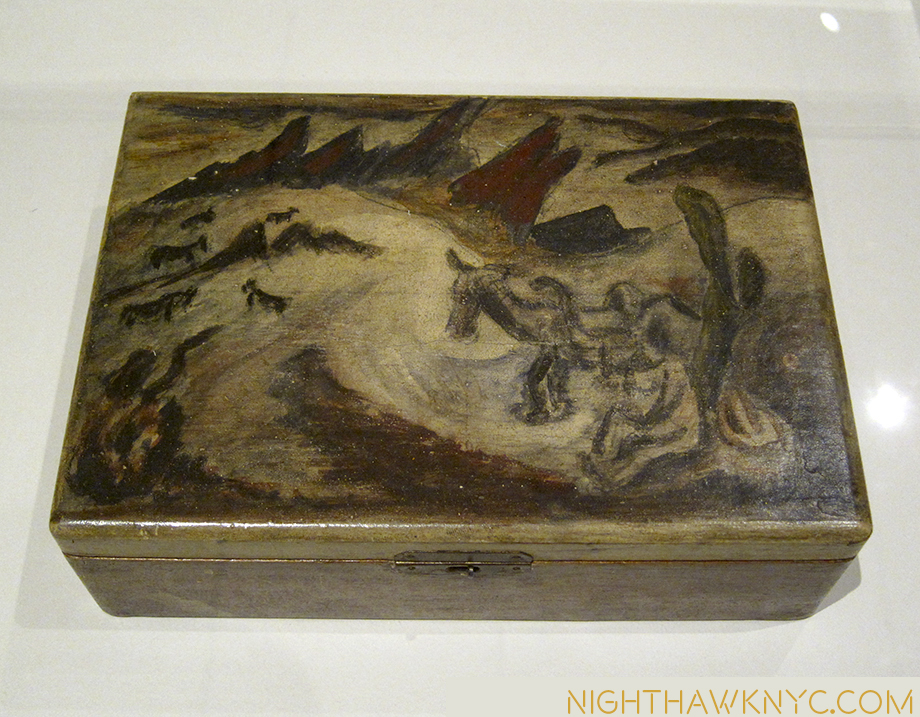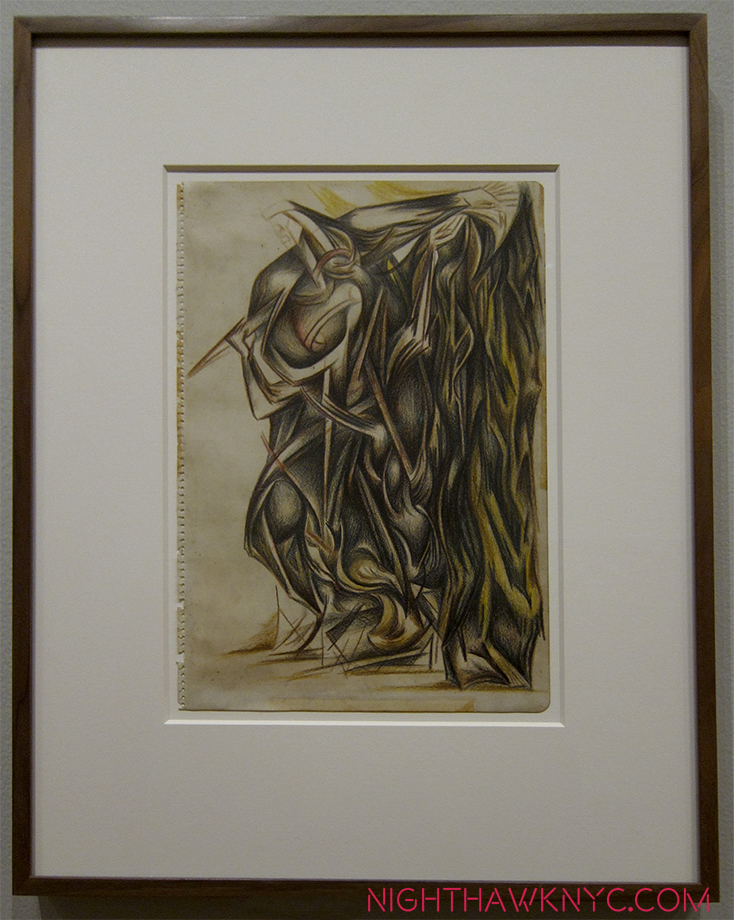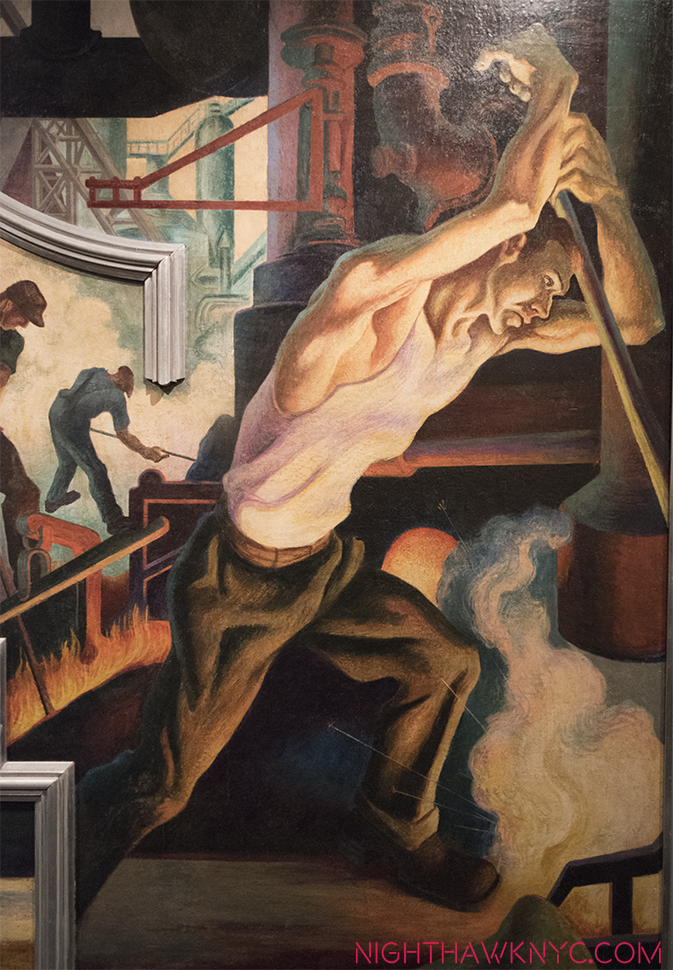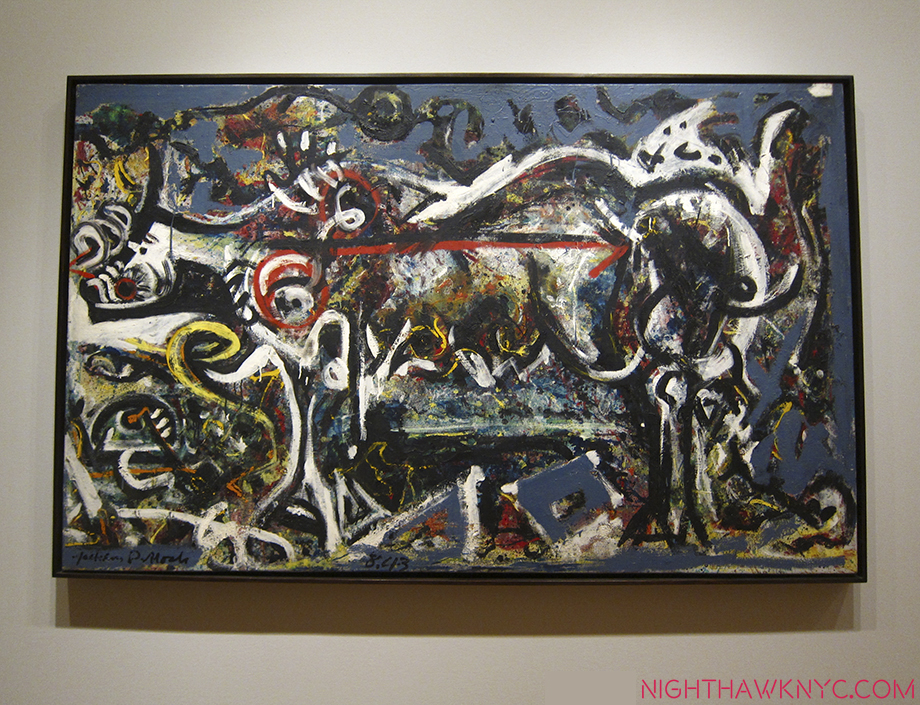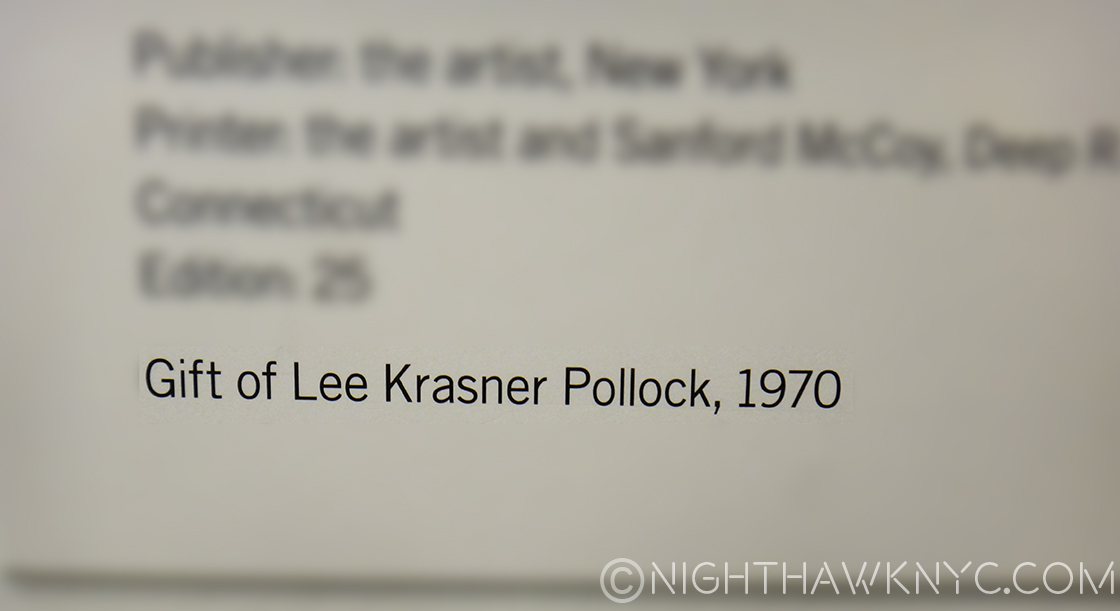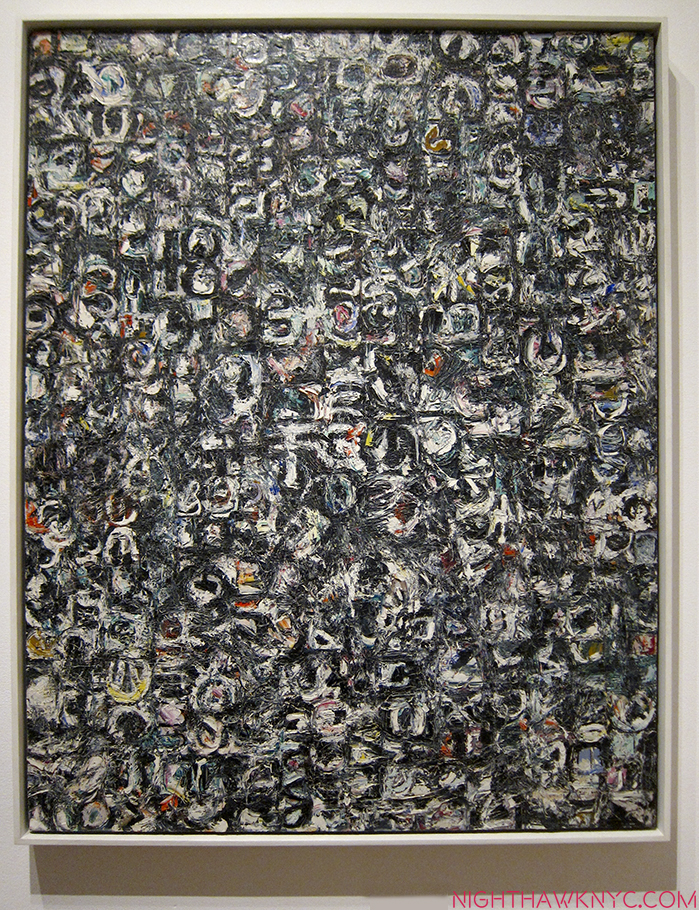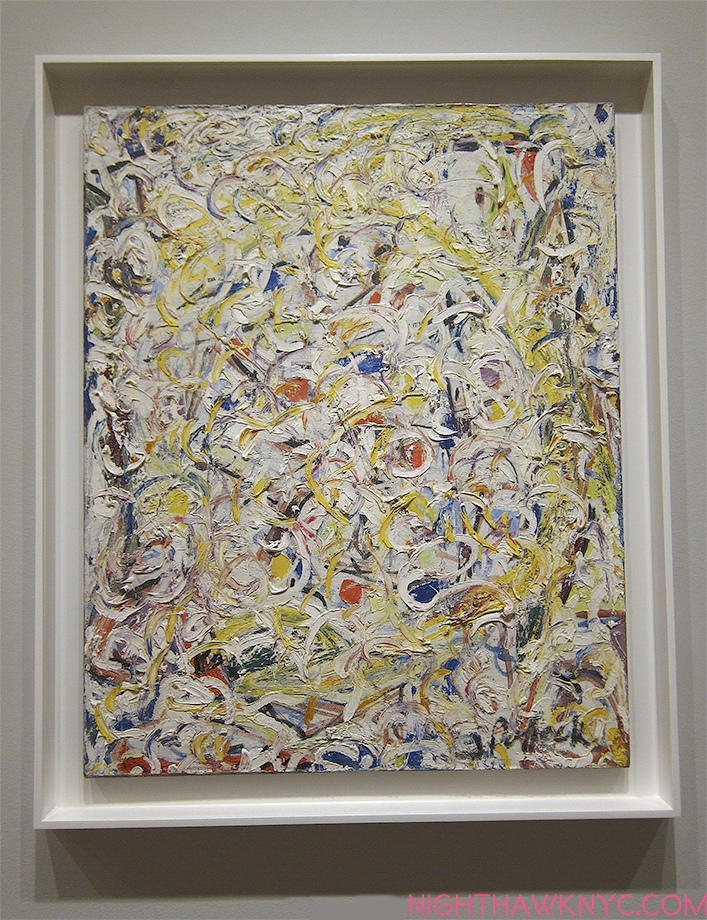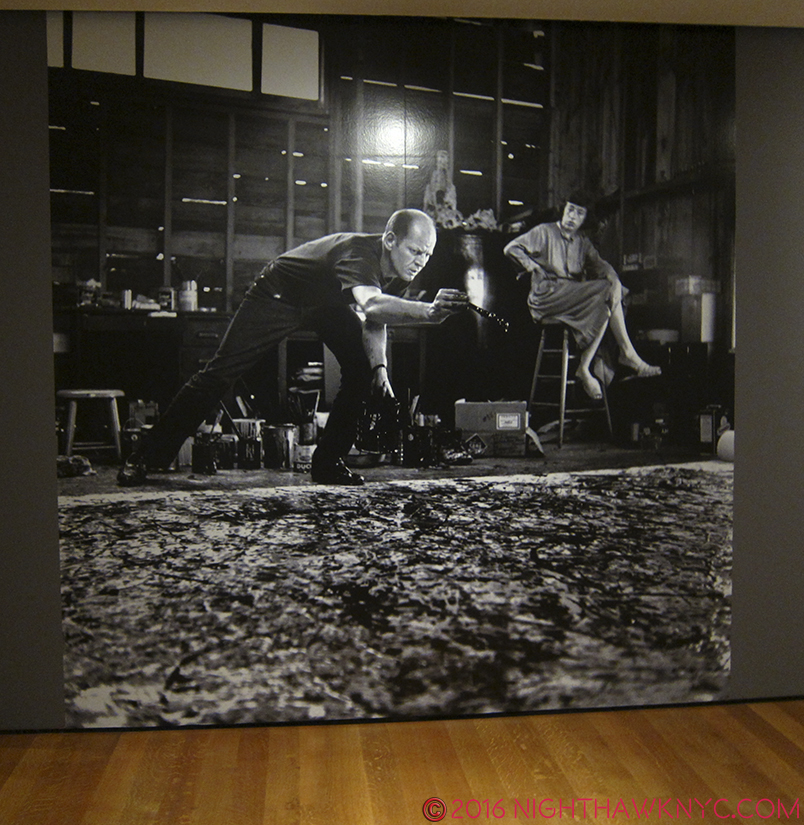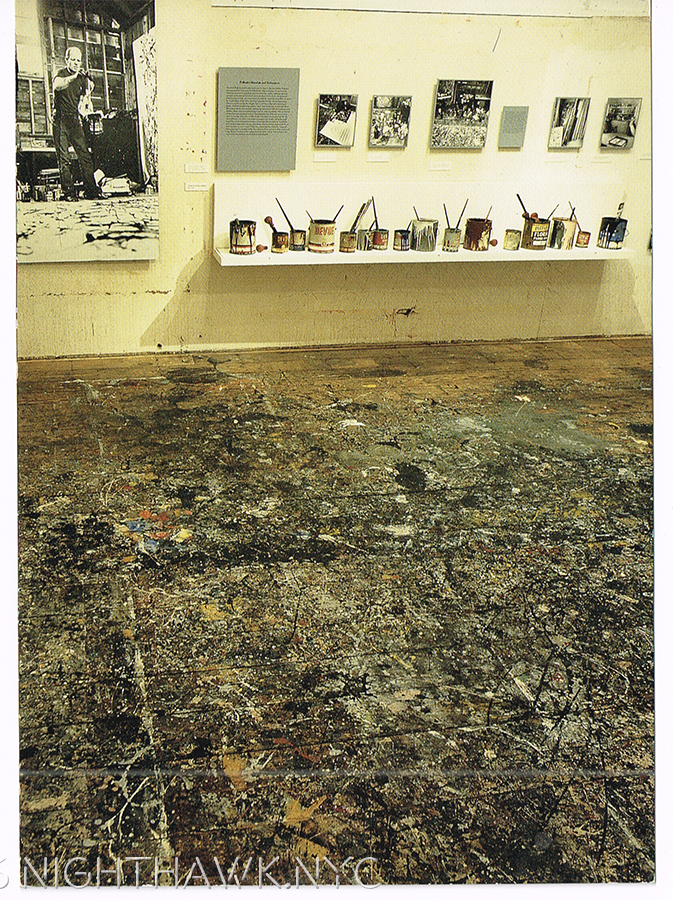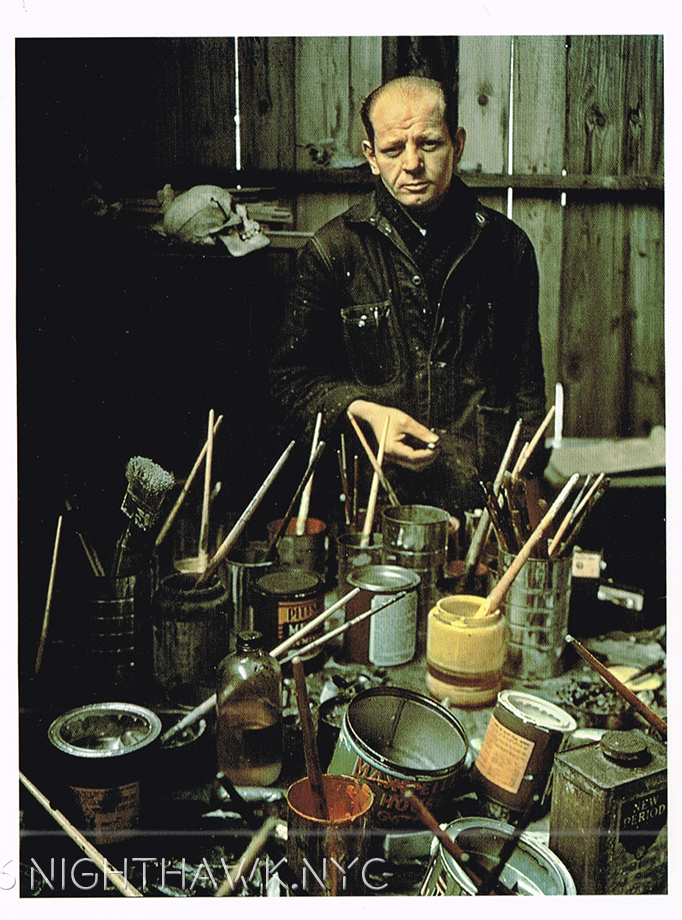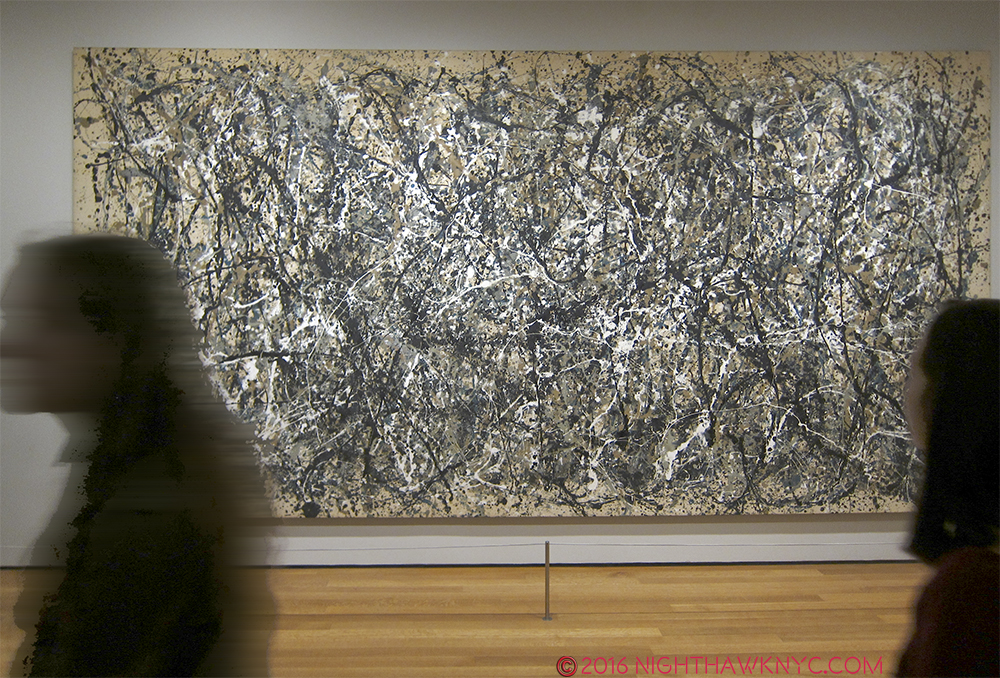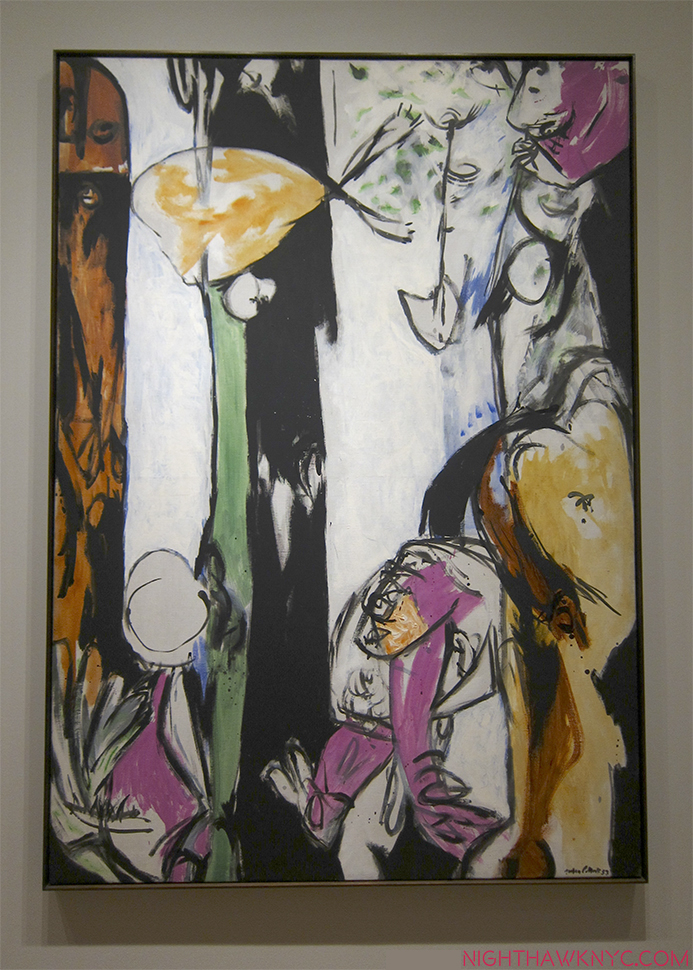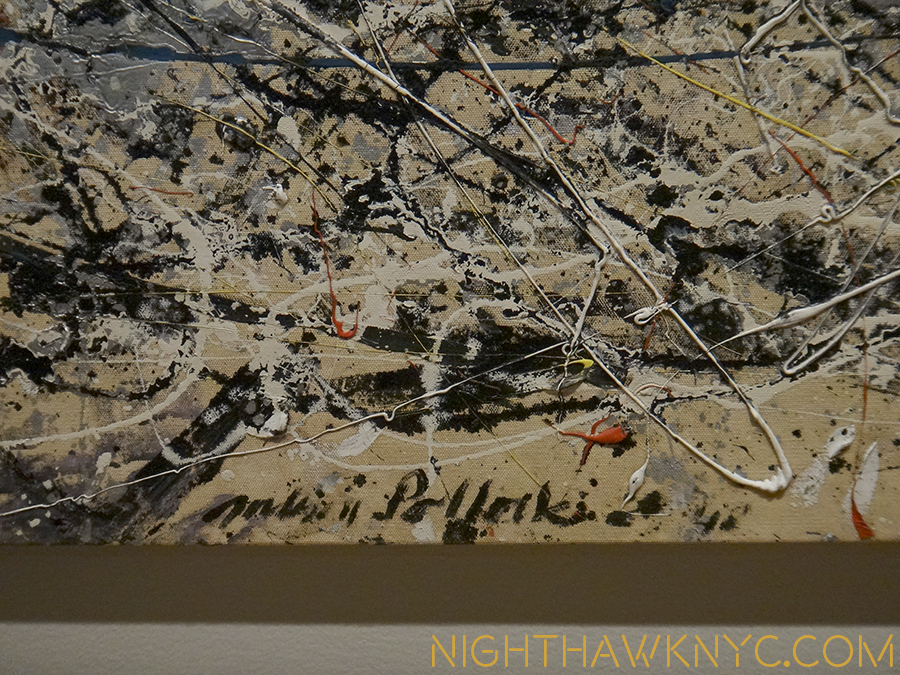Written & Photographed by Kenn Sava
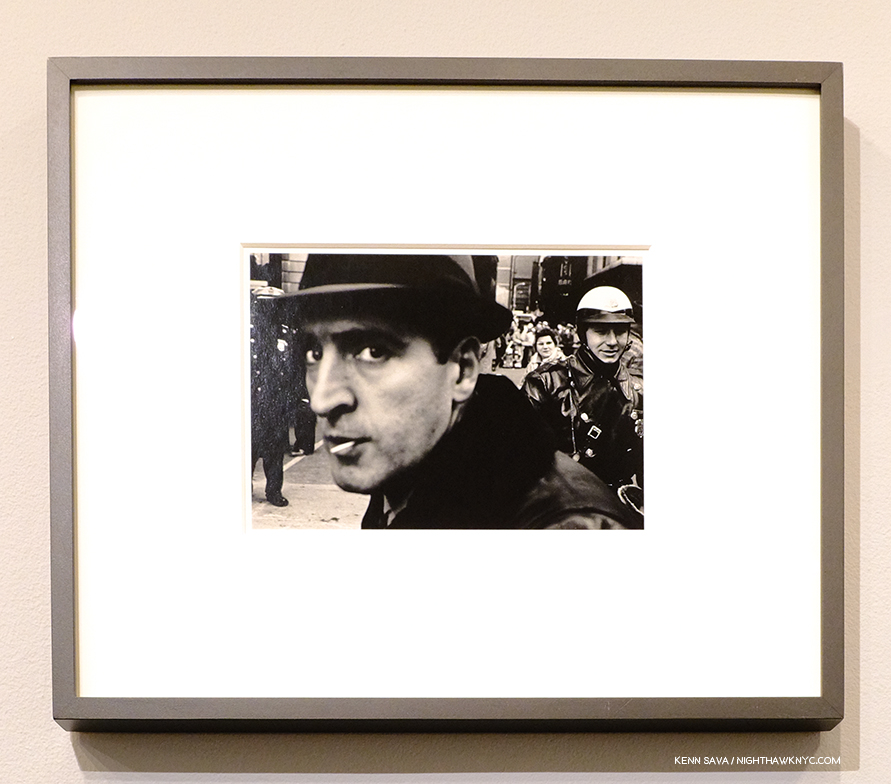
The camera often draws attention, but infrequently, fame. Ray K. Metzker, 68 G-3, Philadelphia, 1963. Click any Photo for full size.
Fame is a fickle thing. It finds some accidentally, it’s unwanted by others who receive it, heaped ad nauseam on a select few while the rest of the world asks “Huh?” And, it eludes still others that the quality of their work would say deserves greater attention.
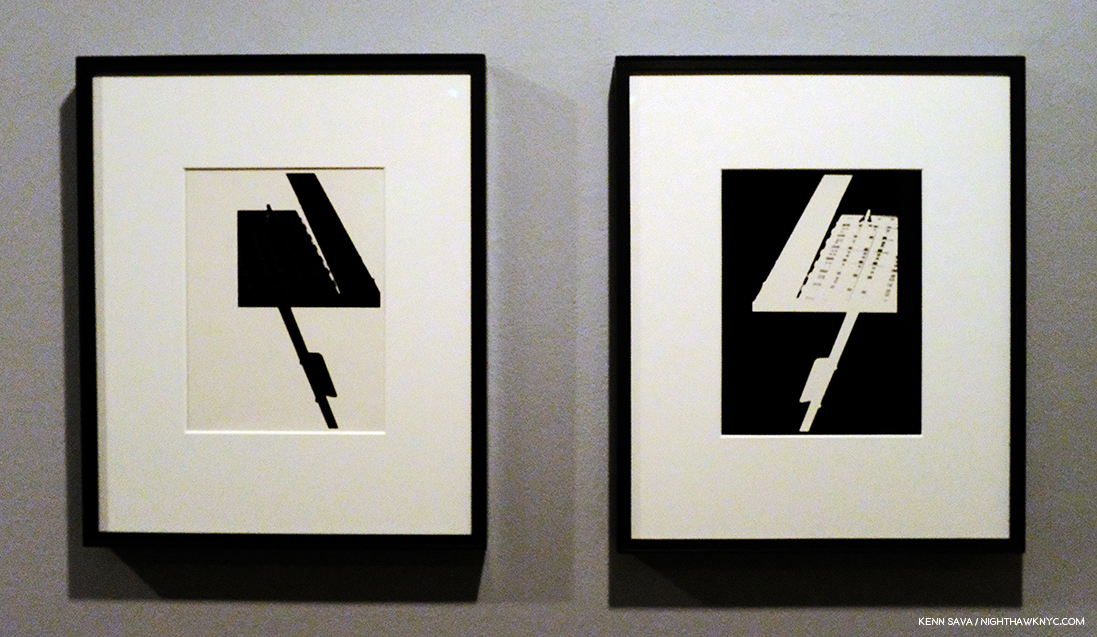
Both titled 67 AM 26-27, Double Frame, 1967. All works are Gelatin silver prints, unless noted. Seen on January 23rd. Apparently, these amazing works were created by only partially advancing the film before taking the second Photo (in the bottom half).
I’m sure we all have mental lists of folks, and Artists, who fall into each of these categories. I’ve decided to start giving some attention to some of those who reside on my latter list by including them here. My list, of course, consists mostly of Artists & Musicians, people that qualify as the true “reality stars” in my book.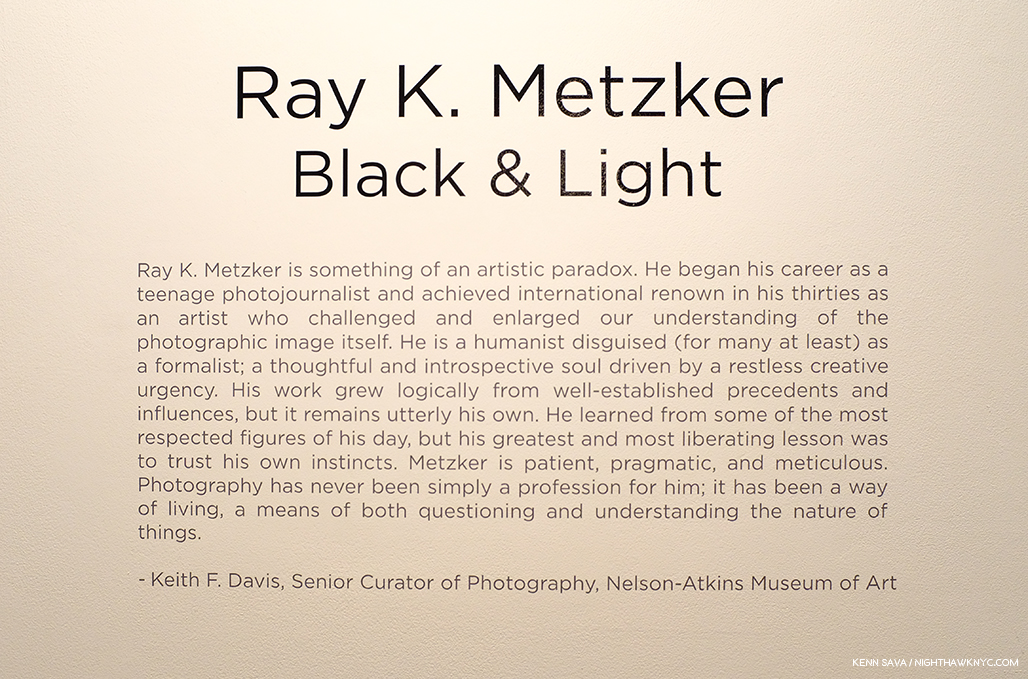
One of them (I’m not going in any particular order) is the late Photographer, Ray K. Metzker. Well, the timing of my listing him first is helped by the impetus of a very interesting show of his work up at Howard Greenberg, Ray K. Metzker: Black & Light. I’m relatively new to his work myself, so seeing this show came as a thunderbolt.
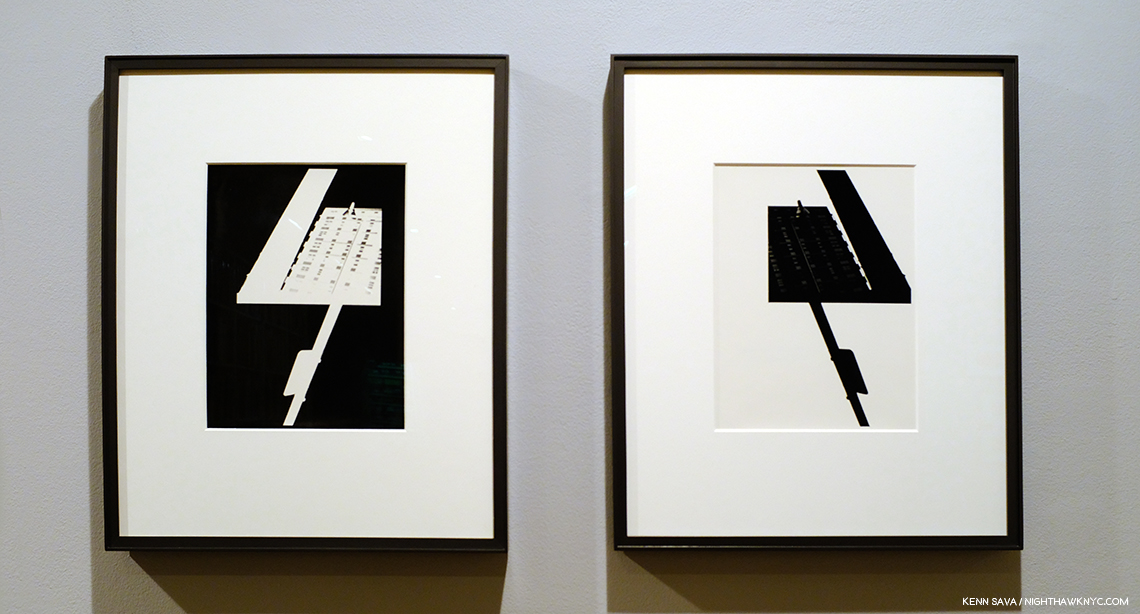
Thunder, and lightning. 67 AM 26-27, Double Frame, 1967, seen again on visit #3, on March 1st. The curators had flipped them from my first visit (see first Photo). I don’t know which way I like them better. Do you?
His craft, the strength & purity of his vision, right down to the beauty of his prints, combine to create a unique impression. That vision was extraordinarily flexible. He used it to turn seemingly mundane images into more- pairs, series, composites, the likes of which I’d never seen before. Ray Metzker had a gift of making the seemingly commonplace into a magically unique moment.
Ray K. Metzker passed away four years ago on October 9, 2014, after a long and successful career, but these days his work is something of a well-kept secret. That’s a shame because with his continual innovation, it seems to me that his work has something for everyone- except for those dead set against black & white Photography. Though particularly rich for his fellow Artists & Photographers, it strikes me as for anyone who loves the joy of looking. After being represented by Laurence Miller for over 30 years during his lifetime, his estate is now represented by Howard Greenberg Gallery. As seen in their first show at Greenberg, Ray K. Metzker: Black & Light, a generous selection of 57 pieces made an air tight case that Ray K. Metzker was one of the masters of his time.
Nicely installed in the main gallery, it was possible to look around the room and marvel at all the different techniques on display. Perhaps it was good they were all in the same room so as to reinforce that it was one creative vision behind this extraordinary range. Some of that can be laid at the feet of his teachers, Aaron Siskind and, particularly, Harry Callahan, but I also found a bit of the great Man Ray, who he didn’t study with, in his work. As you move through the show, it quickly becomes apparent that Ray K. Metzker is one of those Artists where you look at his work and immediately start wondering, “Ok. How did he do that?,” soon after give up, and just surrender to the beauty and magic before you.
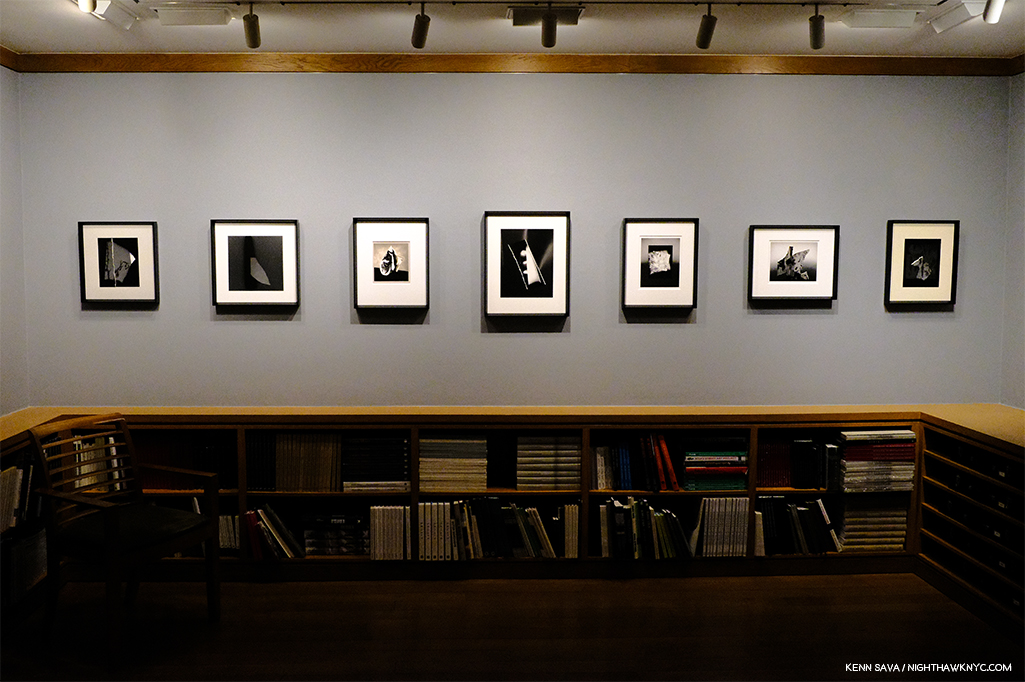
Six works from the Arrestation Series, 1996-2007- all Collages of two to five gelatin silver prints.
After seeing recent shows of the work of other sadly deceased Photographers printed by others posthumously, it was a real joy to see the Artist’s gorgeous prints, where the mastery of his printing is an essential part of Mr. Metzker’s Art. Ummm…Isn’t it for EVERY Photographer? Hmmm…(Sidestepping rabbit hole…at least for now.)
As ever, it’s interesting for me to ponder what was going on in Painting at the time Ray K. was creating many of these works- 1964-2008. His teacher, Aaron Siskind, had gotten the reputation as being the “Abstract Expressionist Photographer,” but though Mr. Metzker uses abstract elements found in the “real world,” they’re miles apart from what Mr. Siskind did (some of which was on view in a smaller side gallery, so you could compare and contrast on the spot). Collage, and the feeling and effect of collage, appears in a good number of these works, which echoes what Robert Rauschenberg, Jasper Johns, Ray Johnson and any number of his contemporary Painters were bringing new life to at the time, beginning in the late 1950s, often using Photographs as an element in their work. In the 12 Pictus Interruptus works seen above, however, it’s only the feeling of collage that’s present. Perhaps most of all, it’s hard to overlook the possible influence of Andy Warhol, particularly in Ray Metzker’s composites, perhaps his most well known works, which were not on view here.
While I’m drawn to everything Ray K. Metzker did, I found myself particularly taken with the gorgeous collection of abstract images on view here.
One of the remarkable things about Ray Metzker’s work is the old mantra verbalized by Constantine Manos– “show us something we have never seen before and will never see again.” He does this in work that, as seen here, comes in varying degrees, and types, of abstraction, including some that are only abstract in the unusual way he shows us a scene we recognize, as in 61 DZ-21, Frankfurt, 1961.
While in 63 FO 5, Philadelphia, 1963, we see a work created in the same year that Ed Ruscha, primarily a Painter to this point, published his seminal and revolutionary PhotoBook, Twentysix Gasoline Stations, that takes a somewhat similar but different, more abstract look at the roadside vernacular.
In them, I see works that hover on the edge between what’s come before, (particularly in Man Ray and Aaron Siskind), that looks ahead to the work of Sara VanDerBeek and Daniel Shea.
Ray Metzker quickly moved beyond the influence of Aaron Siskind, Harry Callahan, W. Eugene Smith and the others, while taking threads they started in new directions, and it seems to me, to new levels. He created images in the days before digital file manipulation that are utterly remarkable- both in their craft, but primarily, in their vision.
Though Ray K. Metzker has an exceptional gift for black, darkness and shadow in his work, it’s interesting that very few of his Photographs are taken at night, as far as I can tell, generally preferring the extreme contrast of bright against pitch black.
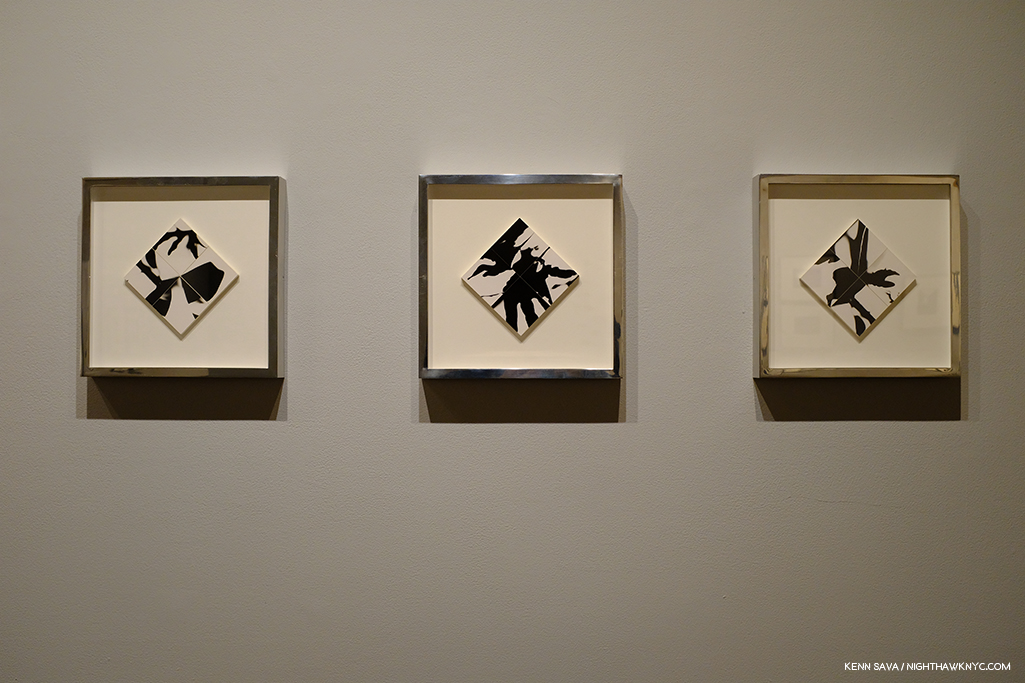
Left to right Whimsy 7, Whimsy A-30,Whimsy 2, each from 1974, each a collage of four gelatin silver prints.
It’s interesting to me that while Ray K. Metzker seems to be in something of an eclipse at the moment, his influence is there to be seen in the work of Artists who are gaining notoriety. This makes me feel that time is beginning to catch up to Ray Metzker and that more people will be looking at his work as we move forward.
That there’s still much to learn from it, enjoy and marvel at, is an obvious take away from Black & Light, but most of all, it serves as a wonderful appetizer that I hope made many people dig deeper into the work of this great, continually surprising, Photographer, as it did for yours truly.
BookMarks- I only list items in BookMarks that I strongly believe in and personally recommend. If you like what you see and read here, I hope you’ll consider donating so I can keep NHNYC.com going, and going ad-free. You can donate by clicking the box at the top of the screen and clicking the Donate link. Your support is VERY much appreciated. Thank you!
Ok, now? It gets sticky. There are two terrific retrospectives of the work of Ray K. Metzker. The problem is both are out of print and expensive on the after market. This is a shame because it restricts the greater Photography world who doesn’t know his work from discovering it, exploring it and appreciating it. They are-
-Ray K. Metzker: Light Lines by William Ewing, Nathalie Herschdorfer and Ray K. Metzker, Steidl, 2008- Light Lines includes the most Ray K. Metzker Photographs yet published in one volume- 180 tritone-printed images, and well over 200 images overall. It also includes an interview with the Artist and what Keith F. Davis in the other book calls, “the most definitive chronology/bibliography to date.” Personally, I find the breaking down of the plates section into categories distracting. If this was the Artist’s choice, I accept it. I don’t like to put any parameter around the work of someone as creative as Ray K. Metzker. Personally? It’s one reason I am very glad the second monograph exists.
-The Photographs of Ray K. Metzker by Keith F. Davis, Nelson-Atkins Museum, 2012. 116 plates, and somewhere over 150 images over 244 pages, issued in an edition of 2,500 copies. It includes the essay “The Photographic Journey of Ray K. Metzker,” by Keith F. Davis, one of the leading Photography curators in the country, (who has important monographs to his name including the classics Harry Callahan: New Color – Photographs, 1978-1987
and Multitude, Solitude: The Photographs of Dave Heath
, and the new The Photographs of Ralston Crawford
), which breaks down his entire career. As a result, it may be the most important piece yet written on Ray K. Metzker’s Photography. It also includes transcriptions of published pieces written by the Artist and a thorough bibliography. Even though it has fewer plates than Light Lines, they are presented in one continuous section- beautifully rendered- and almost all the same size (unlike Light Lines, which includes some smaller Plates), and chronologically. I find this lets your thoughts run free as you turn the pages. It is the Ray K. book I find most often in my hand.
Ideally, you’d want to look through both and decide. You may be able to do this in a local library (my search showed the NY Public Library has neither). My feeling is they both have things to recommend them and you cannot go wrong. Either way you go, currently, the cheapest copy, in any condition, of Light Lines is $200 and up and Photographs of RKM, the rarer book, $300 and up. Nonetheless, both are highly recommended until a new book comes along. It seems unlikely either will be reprinted, though one never knows with Steidl.
There are a number of other books of Ray Metzker’s work that specialize in selected areas of it, though these are the only two that cover the full range of this incessantly creative Artist.
If Ray K. Metzker’s work is to become better known an in-print & available comprehensive monograph would be essential.
*- Soundtrack for this Post is “Shadows And Light,” by Joni Mitchell from her album of the same name.
NighthawkNYC.com has been entirely self-funded and ad-free for over 6 years, during which over 250 full length pieces have been published. If you’ve found it worthwhile, you can donate to keep it going & ad-free below. Thank you!
Written & photographed by Kenn Sava for nighthawknyc.com unless otherwise credited.
To send comments, thoughts, feedback or propositions click here.
Click the white box on the upper right for the archives or to search them.
For “short takes” and additional pictures, follow @nighthawk_nyc on Instagram.
Subscribe to be notified of new Posts below. Your information will be used for no other purpose.

